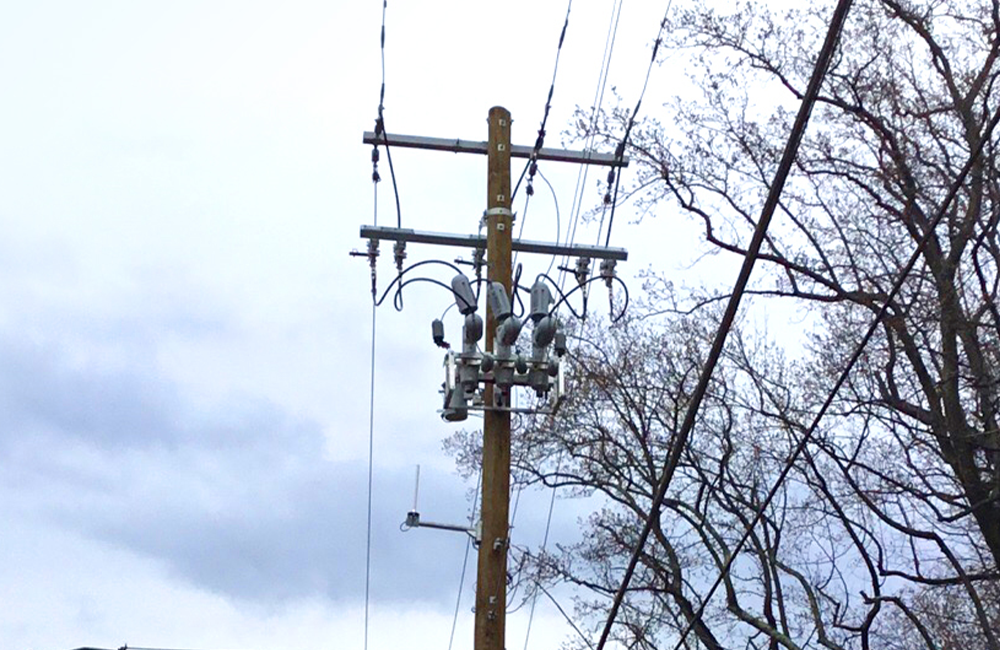Solution
We brought a program management approach to the challenge, looking for efficiencies that would allow more to be accomplished in less time. A combination of circuit modeling, studies and iterative design helped us meet the utility’s objectives.
Beginning with the utility’s existing GIS data, we used ASPEN OneLiner software to build a model of each distribution feeder for which a new recloser was proposed. We also completed more than 750 fault current studies to evaluate installation locations and equipment ratings. The output helped with siting and sizing across the program territory.

